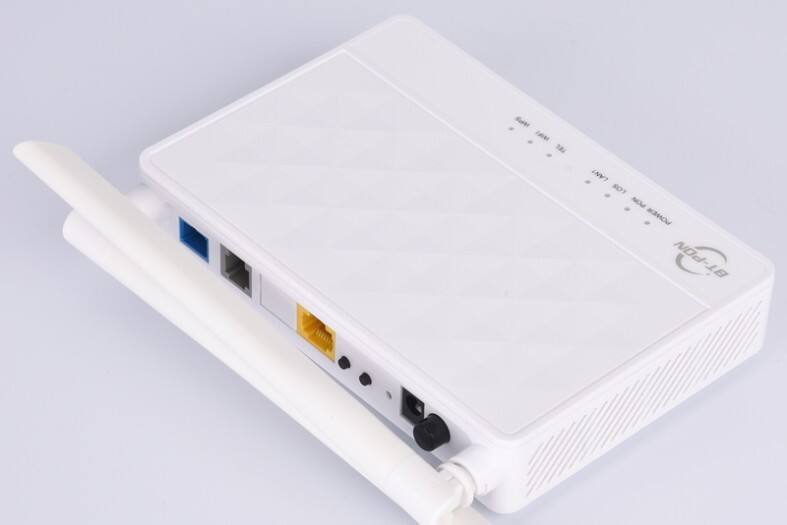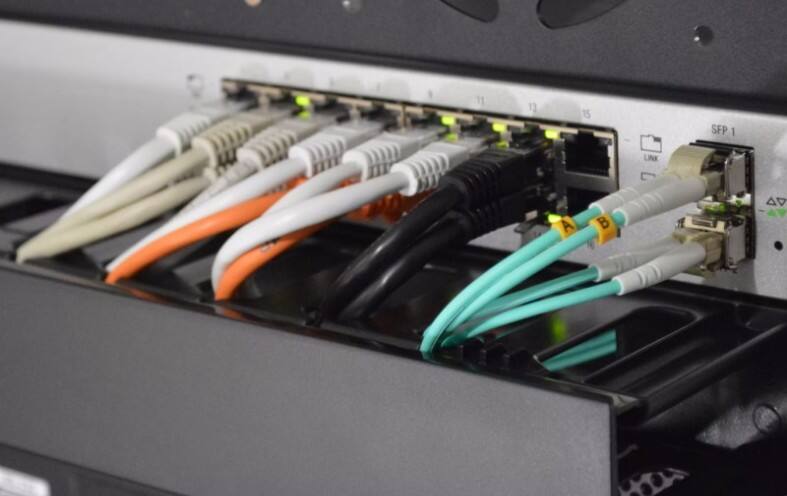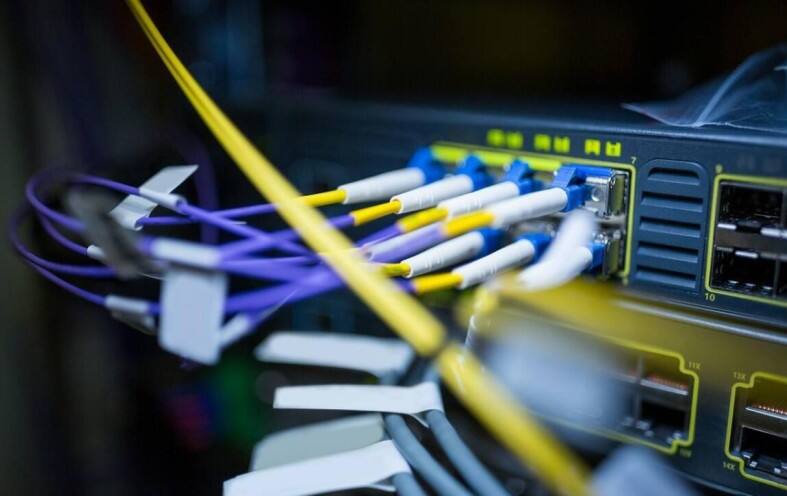


Explore the cutting-edge PON technology with BT-PON, enabling efficient data transmission and connectivity through GPON and EPON standards



Discover the revolutionary Mesh technology with BT-PON, enhancing wireless networking with seamless connectivity, scalability, and flexibility



Explore the transformative power of Passive Optical Network (PON) technology, including GPON and EPON, with BT-PON, unlocking high-speed connectivity and cost-effective solutions



Discover the multifaceted significance of smart security in enhancing protection for individuals, enterprises, and social institutions with BT-PON, driving technological progress and societal development



Explore the world of GPON technology with BT-PON, offering unparalleled broadband access solutions with reliability, efficiency, and cost-effectiveness